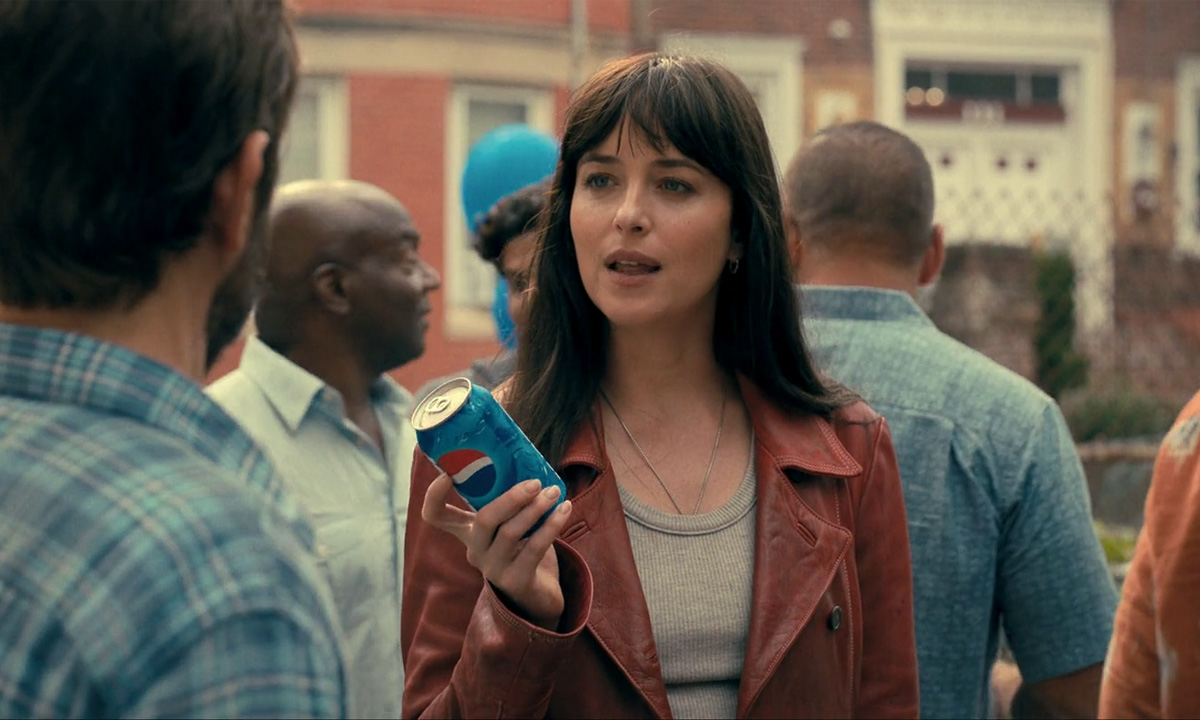When chaos hits, most brands panic. But smart brands use it to grow, gain loyalty, and rewrite their story. Disruption isn’t a threat—it’s the fire your brand needs to rise stronger, like a phoenix rebuilt from the ashes.

The Storm Always Comes
Every brand has its moment of chaos. Sometimes it’s a recall, sometimes a viral tweet gone wrong, sometimes a headline nobody wanted. Right now, Blake Lively is in the spotlight—not for a red carpet, but for legal drama that surfaced just as her brand, Betty Booze, launched its first vodka-based iced teas.
Whether she’s guilty or not, the moment collides with a major product release—a collision that creates a familiar conundrum: what happens when the story shifts from launch hype to damage control?
It’s like that moment in a movie when everything unravels—and suddenly, the arc gets interesting. The real story starts.
Because when chaos hits, there are only two directions: spin out of control or use the moment to shift the narrative. Chaos is uncomfortable. But it can also be clarifying. The brands that come out stronger don’t just survive the fire—they walk through it, torch in hand.
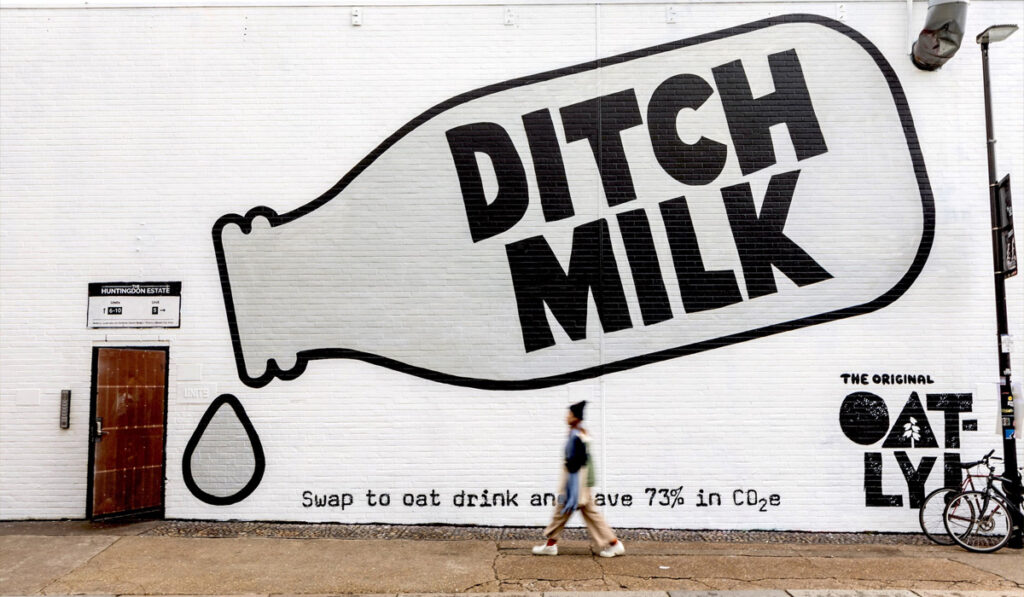
Chaos Is a Mirror
What you do in chaos shows who you really are.
In crisis, customers don’t just remember the mistake. They remember how you responded. Chaos strips away the polish. It forces focus. It reveals whether your brand values are real or just marketing copy.
Take Oatly. When they accepted investment from Blackstone—a firm with controversial ties—fans questioned their sustainability claims. Oatly responded, albeit imperfectly, trying to thread the needle between growth and mission. Some stayed. Others left. But it forced a reckoning.
Or look at Outdoor Voices. The product wasn’t the issue. The silence from leadership and the internal culture collapse became the real story. When the chaos came, the brand wasn’t ready.
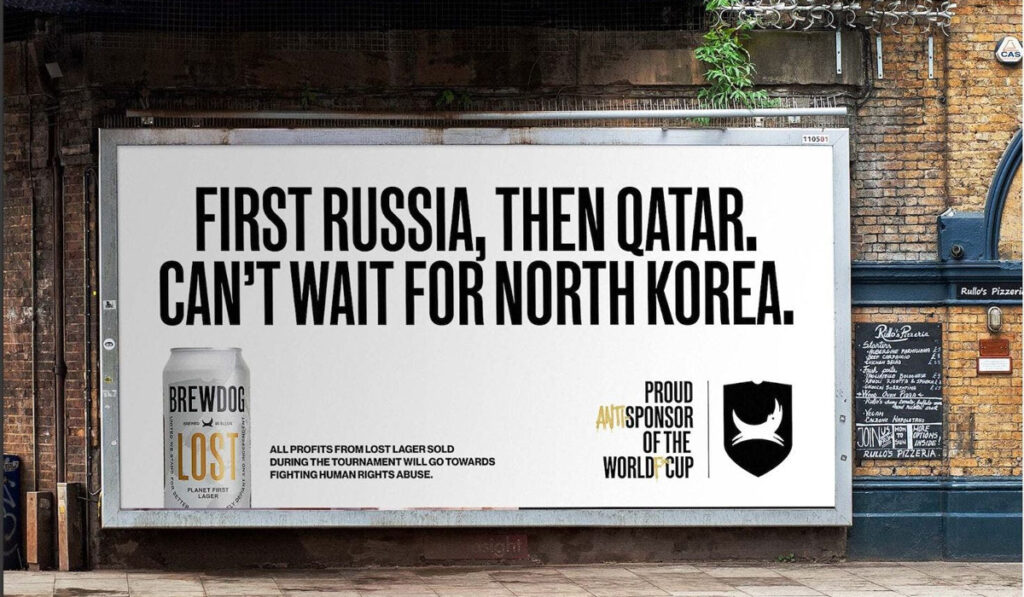
The Three Responses to Chaos
Most brands instinctively respond in one of three ways:
- Silence — Hope it passes. Sometimes it works, but often it lets others define the narrative.
- Defense — Argue, deflect, deny. Risky, especially in the age of receipts.
- Redirection — Own the issue, reframe the story, and move forward with clarity.
Ben & Jerry’s is a masterclass in redirection. When criticized, they speak up. They don’t hide behind corporate speak. They lean into their values and talk like real people.
Balenciaga, on the other hand, became a case study in what not to do. When faced with a PR firestorm, their delayed and evasive response only fanned the flames. In crisis, silence can look like guilt.
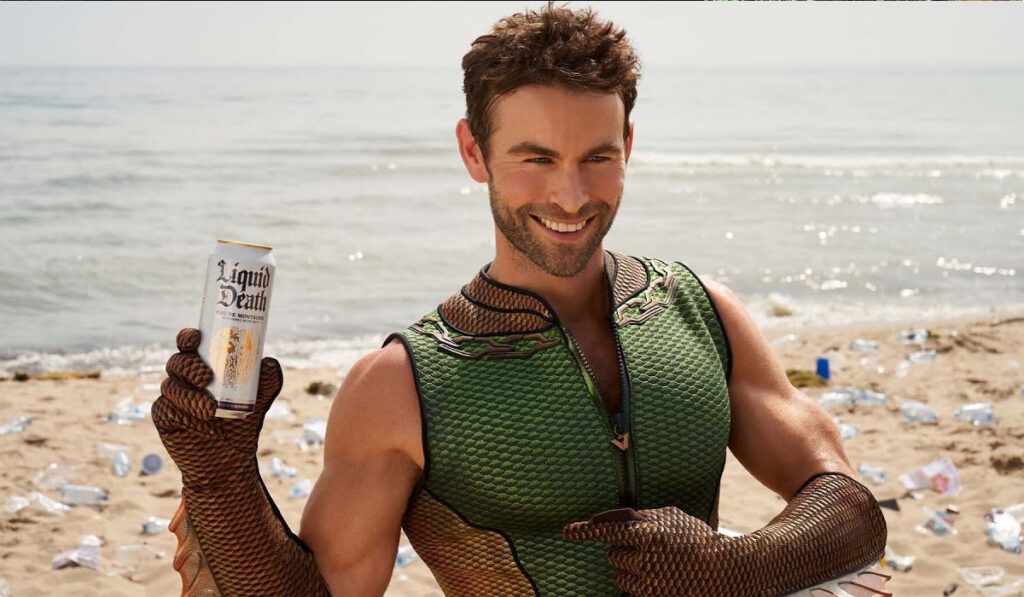
Controlled Burns Work Better
Here’s the twist: sometimes, chaos isn’t the worst-case scenario. Sometimes, it’s a setup.
When a fire is already burning, it’s easier to get attention. If you’ve got something to say—say it then. Reintroduce your mission. Launch the product. Shift the narrative.
Crocs used hate as fuel. Laughed with their critics. Collaborated with designers who flipped the script.
Liquid Death built a brand around backlash. Their whole identity thrives on controversy, flipping expectations about what “healthy” or “water” should look like.
BrewDog has fumbled plenty—but always made sure people were talking. Their chaos was the campaign.
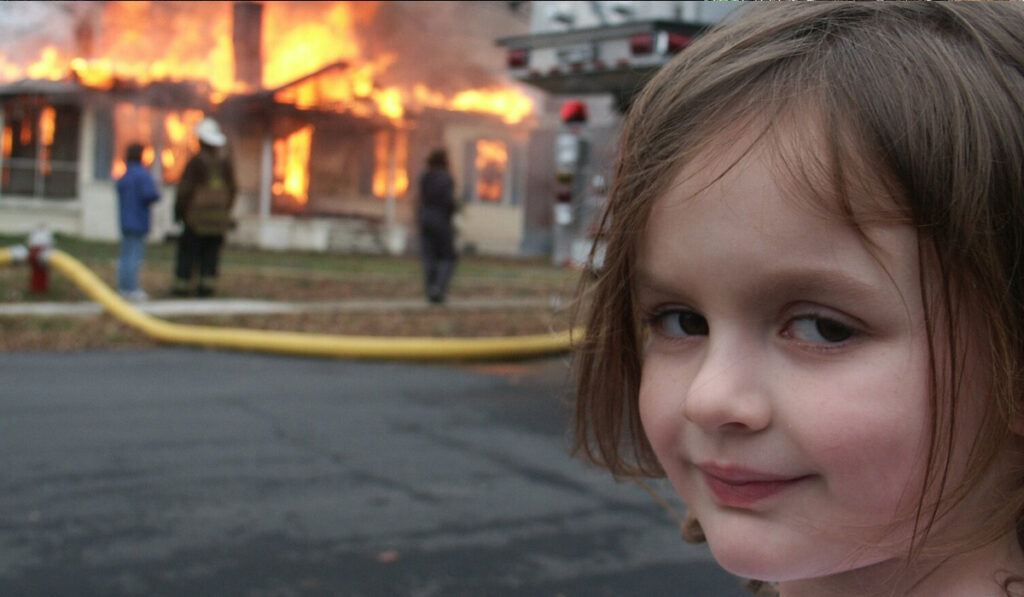
Your Brand’s Chaos Playbook
Here’s how to move through the mess:
- Respond fast. The longer you wait, the more others shape your story.
- Talk like a human. People don’t trust polished statements. Be real.
- Own what matters. If it’s your fault, say so. If not, clarify with humility.
- Reframe the story. What bigger truth can this moment reveal about your brand?
Bonus move? Start the fire yourself—a controversial launch, a bold ad, or even a headline-making distraction. Some celebrities are masters at this: lawsuits, feuds, or sudden scandals appear, only to be followed by brand launches and press cycles that feel strangely well-timed. Then, like smoke, it all disappears. Just be sure you’re ready for the blowback before you light the match.
Some Brands Are Forged in Fire
If your brand never faces chaos, you’re probably not taking enough risk. But if you handle it well, that moment of mess might be what defines you.
Because chaos isn’t the end. It’s the scene where the real story begins—the one people remember, share, and stick around for.


